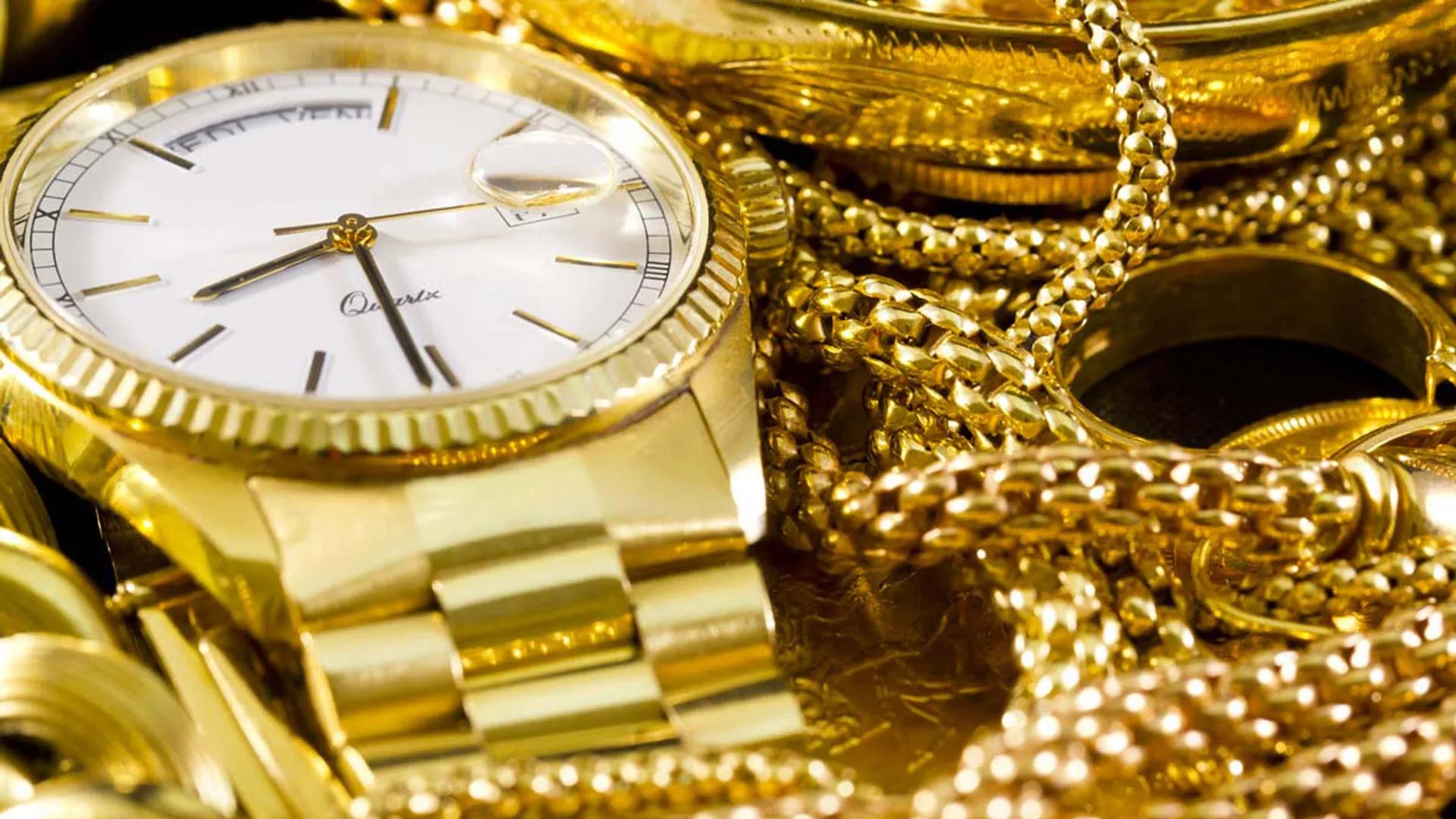Jewels are a luxury for a few, vintage ones are truly exclusive . Their peculiarity is their uniqueness : they are products that are no longer on the market, made by artisans with techniques that are often no longer reproducible and have a quality that often makes them museum pieces. Rings, hinged bracelets with garnets and jaspers, fringe necklaces but also brooches, if they are vintage, probably come from private collections and failed bank auctions.
The production period, manufacturing and the value of the gems contribute to establishing the value of a jewel . Antique jewelery can indeed be a passion dictated by personal tastes, but for many it is also an investment destined to pay off over time (be careful to obtain a Gemmological Certificate which certifies the type of precious stone present in the jewel).
Daily maintenance of vintage jewelry is very important. However, there are some stones that cannot be cleaned independently but which require the intervention of a professional, such as pearls and emeralds, which require more delicate techniques. Normally, however, vintage jewels can be cleaned with a toothbrush and warm soapy water , they should be rinsed with warm water and dried with a soft cloth.
Collecting vintage jewelery means preserving it in the best possible way : each jewel should be placed in its own case and in particular the necklaces must be arranged flat and closed in order to avoid the possible formation of knots that could ruin them. In general it is better to separate the jewels based on the type , avoiding contact and therefore the possibility of them rubbing and getting ruined.


